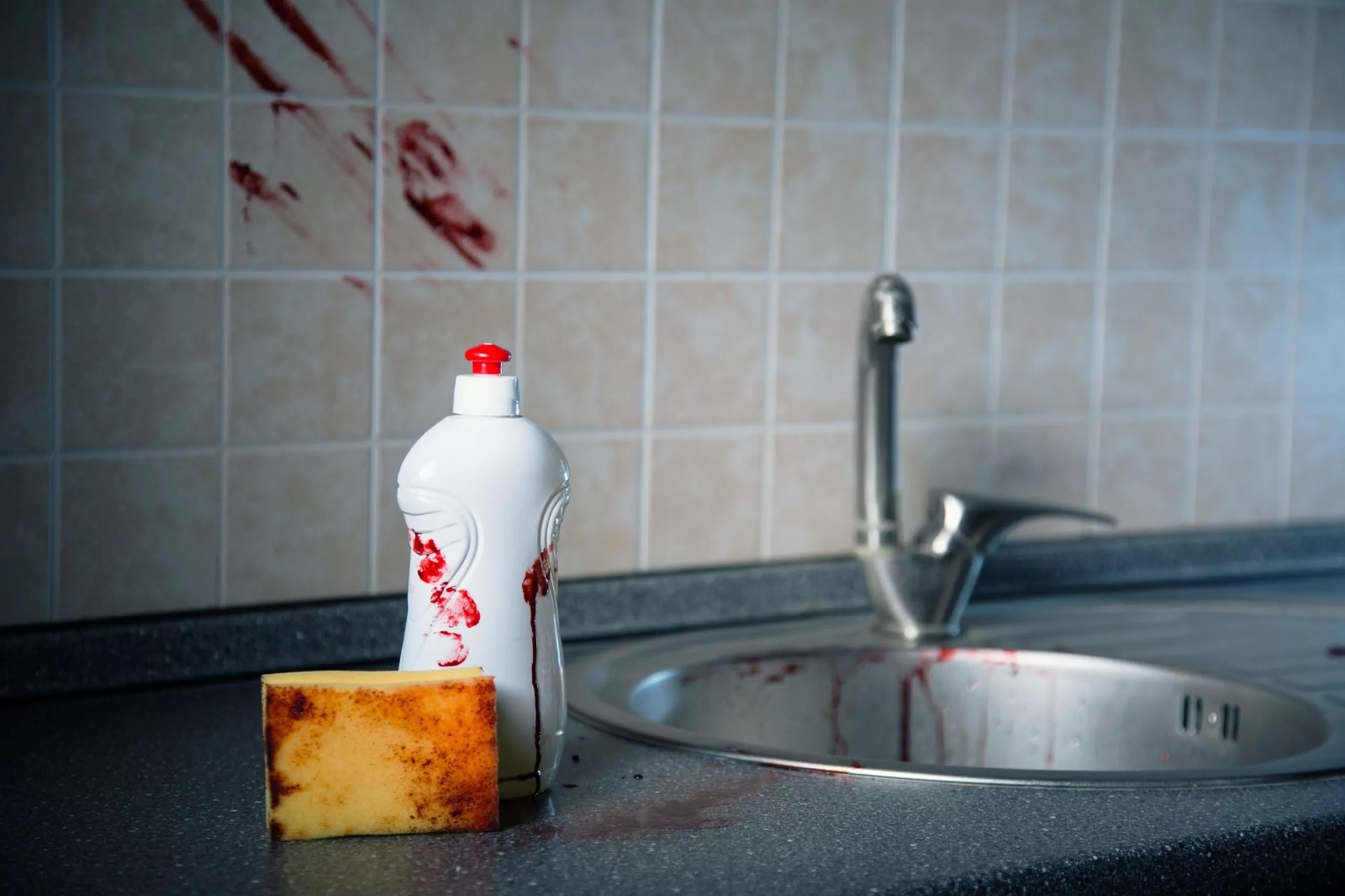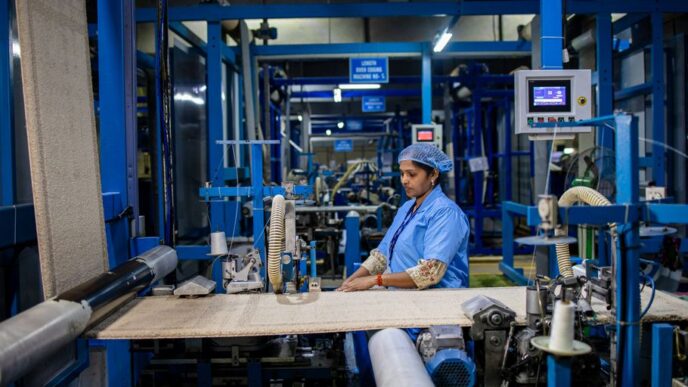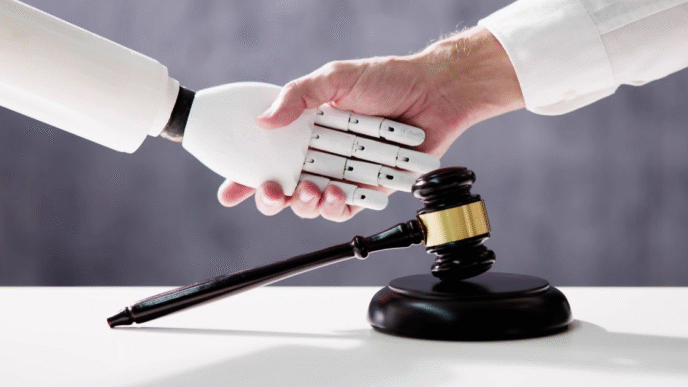Introduction
Crime scene cleaners is a crucial yet often overlooked aspect of post-incident recovery. It involves the meticulous cleaning and decontamination of areas where crimes have occurred, ensuring they are safe for future use. Why is this so important? Imagine walking into a room where a violent incident took place without any cleanup—it’s not just about appearances; it’s about health and safety.
Understanding Crime Scenes
Types of Crime Scenes
Crime scenes vary widely, from homicides and suicides (check suicide facts and stats) to accidents and natural deaths. Each type presents unique challenges for sanitation teams, demanding tailored approaches for effective cleanup.
Common Hazards at Crime Scenes
Hazards include bloodborne pathogens, chemical spills, and physical dangers like broken glass. These can pose significant risks to anyone entering the scene, making professional sanitation essential.
The Role of Crime Scene Cleaners
Who are Crime Scene Cleaners?
Crime scene cleaners are trained professionals who specialize in removing biohazards and restoring environments to safe conditions. They are often compassionate individuals with strong stomachs and a commitment to helping others.
Skills and Qualifications Needed
Cleaners need a range of skills, from technical knowledge about hazardous materials to emotional resilience. Certifications in biohazard handling and training in the use of protective equipment are crucial.
Equipment and Supplies
Protective Gear
Protective gear, including gloves, masks, and full-body suits, is essential to safeguard cleaners from exposure to dangerous substances.
Cleaning Agents and Tools
Specialized cleaning agents, disinfectants, and tools like steam cleaners and foggers are used to ensure thorough decontamination.
Steps in Crime Scene Sanitation
Initial Assessment
The first step is assessing the scene to identify hazards and plan the cleanup process. This involves determining the extent of contamination and the necessary equipment.
Containment and Control
Containing the area to prevent the spread of contaminants is critical. This can include sealing off the site and using air filtration systems.
Cleaning and Disinfection
Thorough cleaning and disinfection involve removing all traces of biohazards and ensuring the area is sanitized to health standards.
Final Inspection and Clearance
A final inspection ensures no contaminants remain, and the area is safe for reoccupation. This step often includes testing for residual hazards.
Biohazard Handling
Identifying Biohazards
Biohazards include blood, bodily fluids, and tissue. Identifying these correctly is vital for effective cleanup and safety.
Proper Disposal Methods
Disposing of biohazards involves strict adherence to regulations, using specialized containers and disposal services to prevent environmental contamination.
Dealing with Emotional Impact
Support for Cleaners
Cleaners often face emotional challenges due to the nature of their work. Support systems, including counseling and peer support, are essential.
Support for Families
Families of victims may also require support. Cleaners can help by providing information about the cleanup process and connecting them with grief counselors.
Regulations and Standards
OSHA Guidelines
The Occupational Safety and Health Administration (OSHA) provides guidelines for handling biohazards, ensuring worker safety and compliance with health regulations.
State and Local Regulations
Regulations can vary by state and locality, requiring cleaners to stay informed and compliant with regional laws.
Challenges in Crime Scene Sanitation
Physical Challenges
Physical challenges include handling hazardous materials and navigating damaged environments. Proper training and equipment are vital to mitigate these risks.
Psychological Challenges
The psychological toll can be significant, with cleaners witnessing traumatic scenes. Continuous mental health support is crucial for their well-being.
Technological Advancements
New Cleaning Technologies
Advancements in cleaning technologies, such as UV light disinfection and advanced enzymatic cleaners, enhance the effectiveness and efficiency of crime scene sanitation.
Innovations in Safety Equipment
Innovations in protective gear, including improved respirators and biohazard suits, provide better protection for cleaners.
Case Studies
Notable Crime Scene Cleanup Stories
Examining real-life cleanup stories offers valuable insights. These case studies highlight the complexities and the essential nature of thorough sanitation.
Lessons Learned from Past Cleanups
Past cleanups teach us about best practices and areas for improvement, ensuring future cleanups are even more effective.
Public Perception
Myths and Misconceptions
Many myths surround crime scene cleaning, such as the idea that it’s purely a janitorial task. In reality, it’s a highly specialized and skilled profession.
Raising Awareness about the Profession
Raising public awareness helps in understanding the importance of crime scene cleaners and appreciating their critical role in public health.
Career Opportunities
How to Become a Crime Scene Cleaner
Interested in this field? It requires specific training, certifications, and a strong constitution. Many start with backgrounds in cleaning or emergency services.
Career Growth and Development
The field offers opportunities for growth, including supervisory roles, specialized biohazard training, and consulting.
Conclusion
Professional Crime scene cleaners is vital for public health and safety, ensuring that environments are restored and safe for use. As the industry evolves, continued advancements and awareness will further enhance its effectiveness.
FAQs
How long does it take to clean a crime scene?
The time required varies based on the scene’s complexity. It can range from a few hours to several days.
Are crime scene cleaners exposed to danger?
Yes, but with proper training and protective gear, risks are minimized. Safety is a top priority in this profession.
What training is required to become a crime scene cleaner?
Training includes biohazard handling, OSHA compliance, and the use of protective equipment. Certifications in hazardous materials are often required.
How do cleaners deal with the emotional toll?
Many cleaners receive support through counseling and peer networks, helping them manage the emotional impact of their work.
Is crime scene cleaning expensive?
Costs vary based on the scene’s complexity and location. Professional services ensure thorough and safe cleaning, justifying the expense.












